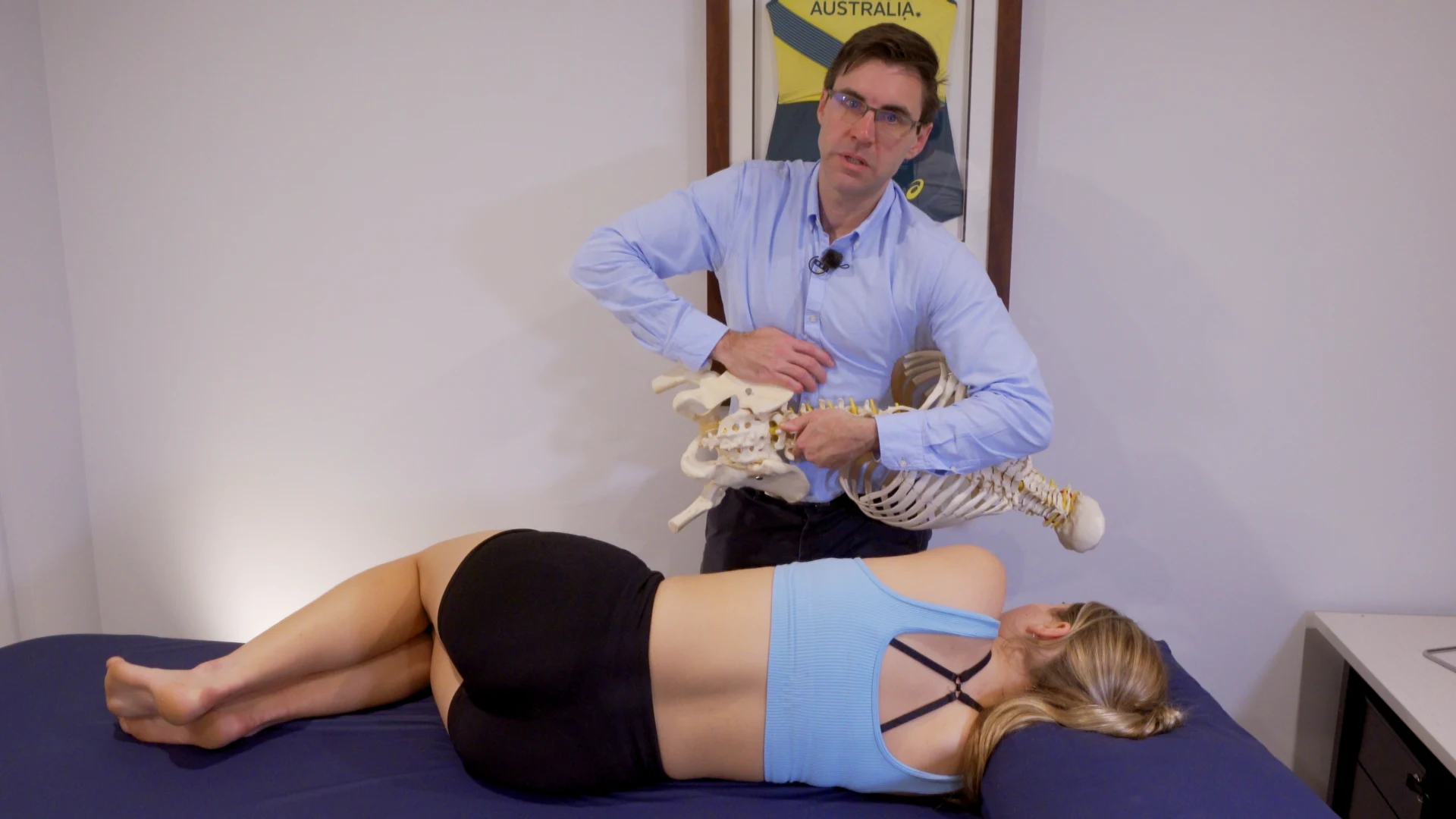Lumbar spine passive assessment testing often gets a bad rap.
With the debate over the role of manual therapy, some clinicians have opted for a hands-off approach altogether.
Having been shown to have poor inter-tester reliability when assessing segmental joint movement, Passive physiological intervertebral mobilisation/movements (PPIVM's) are often discarded onto the "why bother" pile, and forgotten about.
I avoided PPIVM's for about 10 years after my undergraduate Physio degree, as I didn't really feel confident with my assessment findings, or that they gave me a lot of (or any) useful information.
However, by not assessing passive movements, we risk missing crucial information required to target our treatments.
In all other areas of the body, to get a full appreciation of how a joint is moving, we are taught to consider active, then passive movements.
Let's take the ankle as an example. Why do we perform passive movement testing at the ankle?
If your patient has pain around the Achilles and posterior ankle, why would you perform a passive PF test? You may want to perform passive plantarflexion to test the ankle joint and identify or exclude posterior impingement as a source of pain.
You might also perform passive movements in an ankle pain patient to assess range of movement, ligamentous integrity, test the syndesmosis or subtalar joint, or identify a joint vs muscle or tendon issue. These are just a few of the many reasons to include passive movement testing at the ankle.
It's surprisingly similar with the lumbar spine.
Let's take a patient example of this. It's pretty common for low back pain patients to have pain and restricted movement when bending forward i.e. performing active lumbar flexion in standing.
In that case, your manual therapy assessment can help you quickly work out whether the problem is due to a restriction of joint movement or has another cause.
If you perform passive physiological lumbar flexion on the treatment plinth (flexion PPIVM's), and your patient has full range of movement (ROM) without pain, you can reason that your patient has full passive range of movement available, without any restriction of joint movement.
Their issue is then more likely to be an active problem, a control problem or a motor behaviour problem inhibiting their ability to flex in standing.
In this case, your treatment will often need to address active motor control rather than provide manual therapy treatment.
So when used well, your manual therapy assessment can help identify when you need to start using an active treatment approach immediately.
On the other hand, if you identify restricted movement with a PPIVM assessment, your PPIVM or PAIVM treatment techniques may help to improve or regain their range of movement.
You can then follow up with an exercise-based approach to maintain or improve their new, improved ROM.
So, although PPIVMs have poor inter-tester reliability, and are sometimes thought to contribute to a passive treatment approach, they have a role in testing painful lumbar movements in your patients, just like you might test passive movements in your ankle pain patients.
If you'd like to use manual therapy (such as PPIVMs and PAIVMs) in an effective, evidence-based way in your lumbar assessment, you'll love the new low back pain presentation with Simon Olivotto, available now with a free Clinical Edge trial membership.
In this presentation with Simon Olivotto (Specialist Musculoskeletal Physiotherapist, FACP), you’ll discover how to perform an accurate manual therapy assessment to identify the cause of patients’ restricted movement, likely source of symptoms, and target your education, exercise rehab and manual therapy to get the greatest improvements in patients low back pain.
CLICK HERE to improve your assessment & diagnostic skills with a free trial Clinical Edge membership

